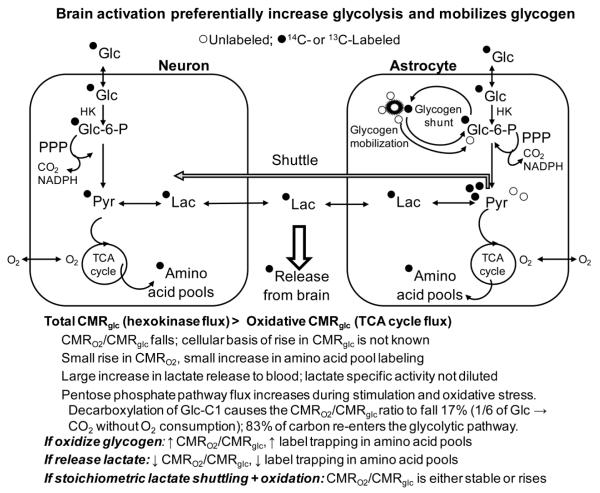Fig. 2. Glycogen mobilization during brain activation.
Sensory stimulation increases utilization of glucose more than oxygen, causing the CMRO2/CMRglc ratio to fall, along with the other listed characteristics of brain activation. Glycogen is also mobilized, causing release of labeled and unlabeled glucosyl units, with net consumption of glycogen during strong activating conditions. The fate of the glycogen remains to be established, and predicted predominant metabolic outcomes are shown for (i) glycogen oxidation, (ii) lactate release, and (iii) tightly-coupled shuttling of glycogen-derived (or glucose-derived) lactate to neurons with oxidation leading to label incorporation into the TCA cycle-derived amino acid pools. Lactate release is the outcome that agrees best with observed metabolic changes during brain activation (see text). Abbreviations are the same as in Fig. 1.

